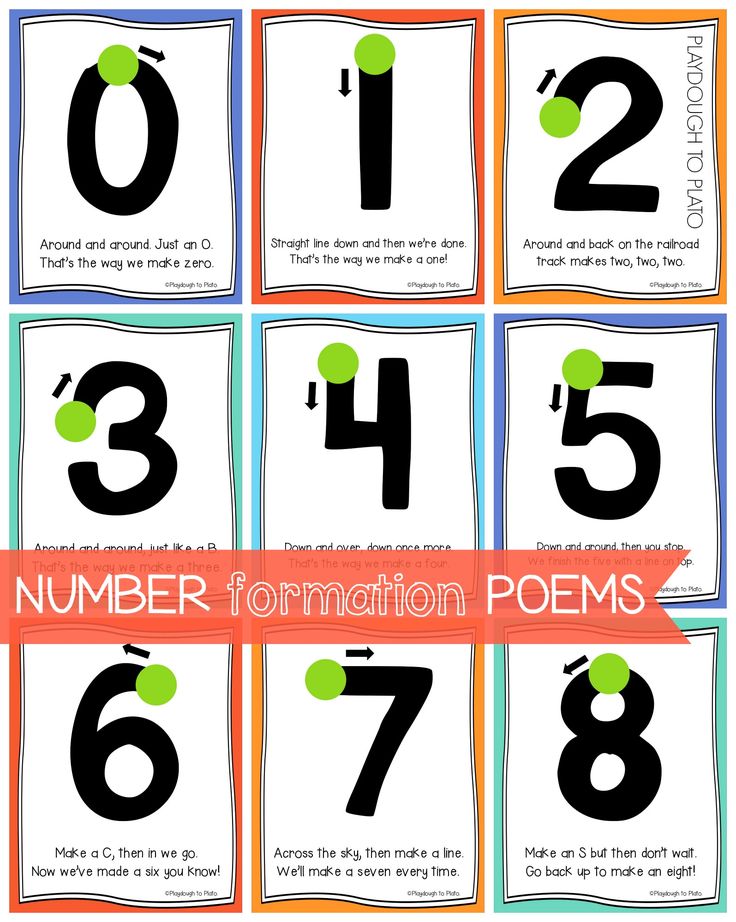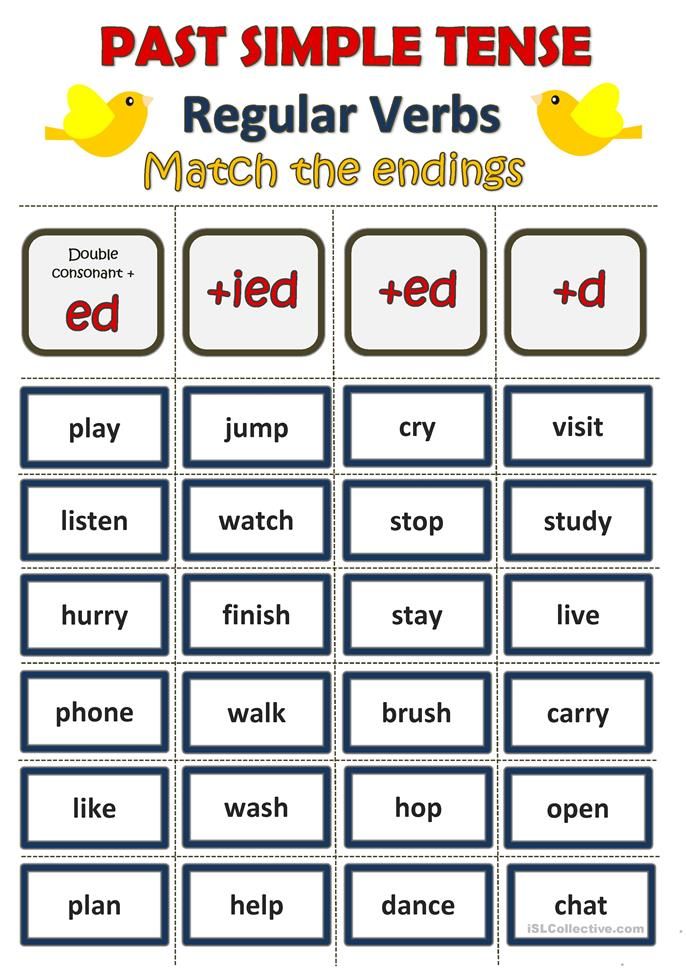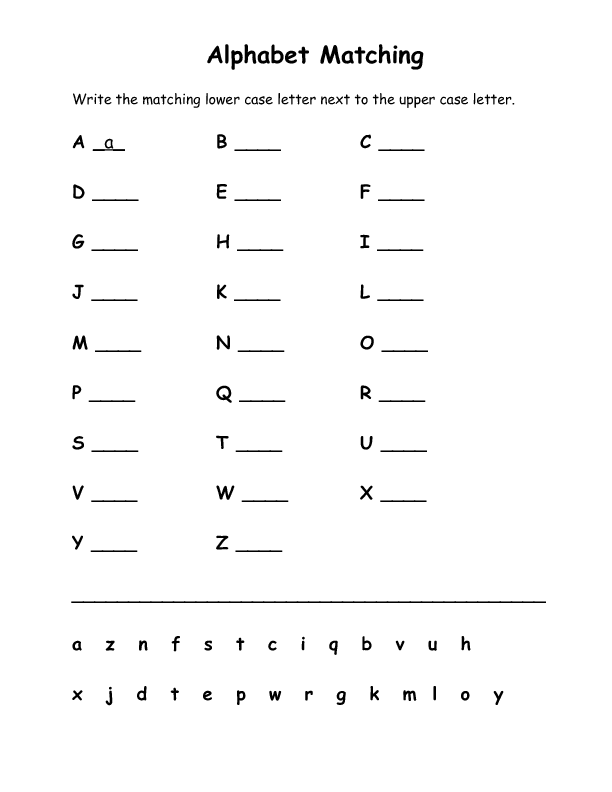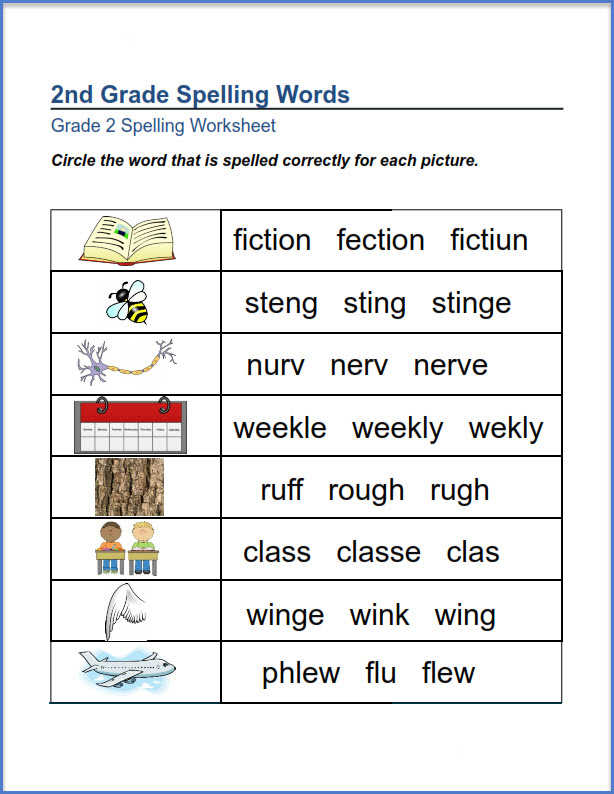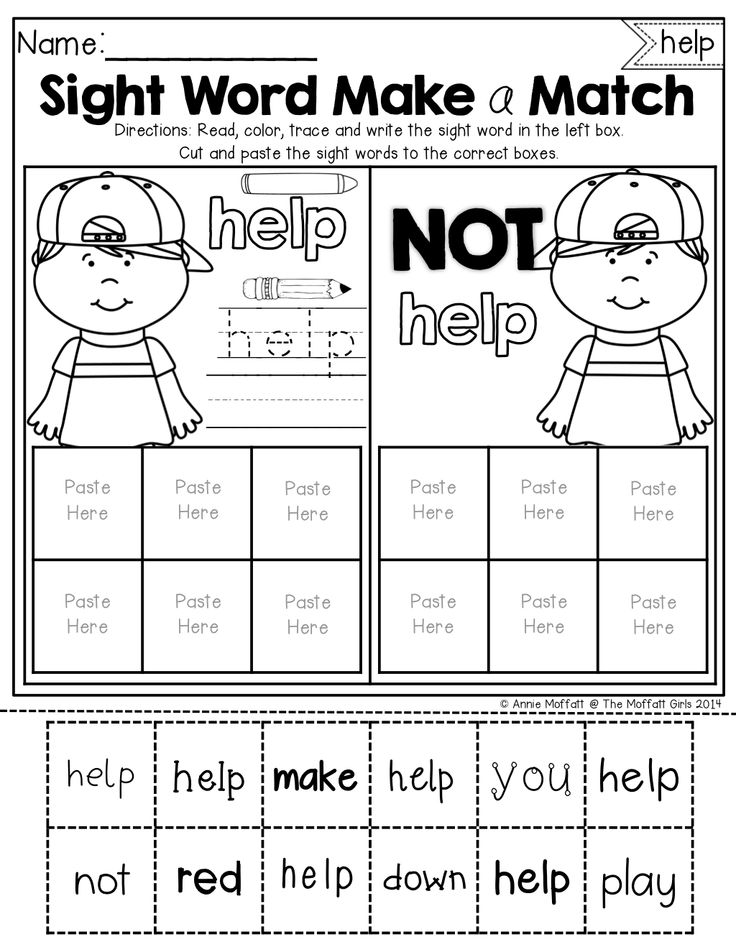Teaching kids to write numbers
Here's The Best Tips for Teaching Your Child to Write Their Numbers
ByShannon Carino Updated on
Is your child getting frustrated learning to write their numbers? Learning how to write numbers can be a difficult activity for preschool and Kindergarten age kids. We have a secret for writing numbers that just might do the trick!
Writing numbers is easier than you might think!Easy TechNique for Writing Numbers
This tip, from an Occupation Therapy Assistant on Facebook, might be one of the best ones we have seen. Thumb numbers can help your child use their hand as a guide to learn to write.
Related: Over 100 numbers for kids activities for learning
With thumb numbers, your child places their left hand in a rough L shape. Each number they draw is based on using the index finger and thumb as a guide.
Thumb Number Writing for Kids
The top part of the 2, for example, fits your child’s thumb. The L part of a written 4 fits against the L part of the hand. Their thumb points at the center of a number 8.
The Facebook post shows the positioning for each number. Even a 6 fits into the L of your hand with the idea that “Six sits on its bottom.”
Related: Help kids learn number words with this simple activity
Kids can practice this on paper or on a small white board.
Once your child is familiar with the shape, switch the hand for a finger tip, and your child will be able to bring their handwriting down in size to fit a smaller piece of paper.
This article contains affiliate links.
1. Number One Formation
The child’s left hand is resting on the side of the page and the index to thumb webspace of the left hand is used to guide the number 1 formation with a pen or marker.
Around the thumb to form a number 2!2. Number Two Formation
The child’s left hand extends the thumb out to a 45 degree angle or so and is used to trace the round upper part of the number 2 all the way to the thumb base and then a straight line extends out.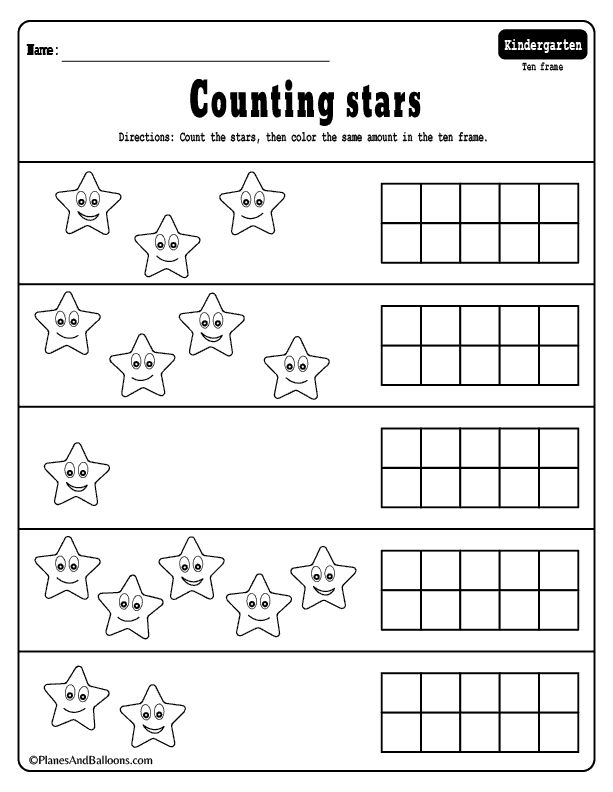
3. Number Three Formation
The child’s left index finger points onto the paper and is used for the upper loop of the number 3. If needed, the index finger can be moved slightly to trace for the lower loop or the child can follow a free hand pattern.
4. Number Four Formation
The child’s left hand goes out for a letter L pattern and the index finger to webspace is used to trace for the left side of the upper 4 and the thumb extends perfectly to be traced for the cross line.
Use your index finger to guide the second step in making a number 4!Now use your index finger to help guide the perpendicular line and you have a number 4!
5. Number Five Formation
Kids can keep that same letter L formation with the left hand and then use the index finger to webspace for the vertical line in the 5 and then circle around the thumb to form the circular part at the bottom of the number 5. Add a horizontal line at top and you have written the number 5.
Isn’t this just brilliant? Let us know if you end up giving it a try!
6. Number Six Formation
The child’s left hand is in the letter L formation and the number 6 shape is created by tracing the index finger and then sliding around the webspace into the thumb with a curve and then looping it at the bottom.
Six sits on her head!
-Kevin Delores Hemann Koster
7. Number Seven Formation
Child’s hand starts in letter L formation and the top side of the thumb starts the horizontal line of the 7 and helps create the angle of the vertical slanted line.
8. Number Eight Formation
The child’s extended thumb acts as a guide for the middle of the figure 8 formation.
9. Number Nine Formation
The child’s extended left thumb is a guide for the circle portion of the 9 above the thumb and the vertical line extending down below.
Related: Looking for a play based preschool curriculum?
Left Handed Number Writing
Keep in mind that the main tip is based on having a right-handed child, using the left hand as a guide.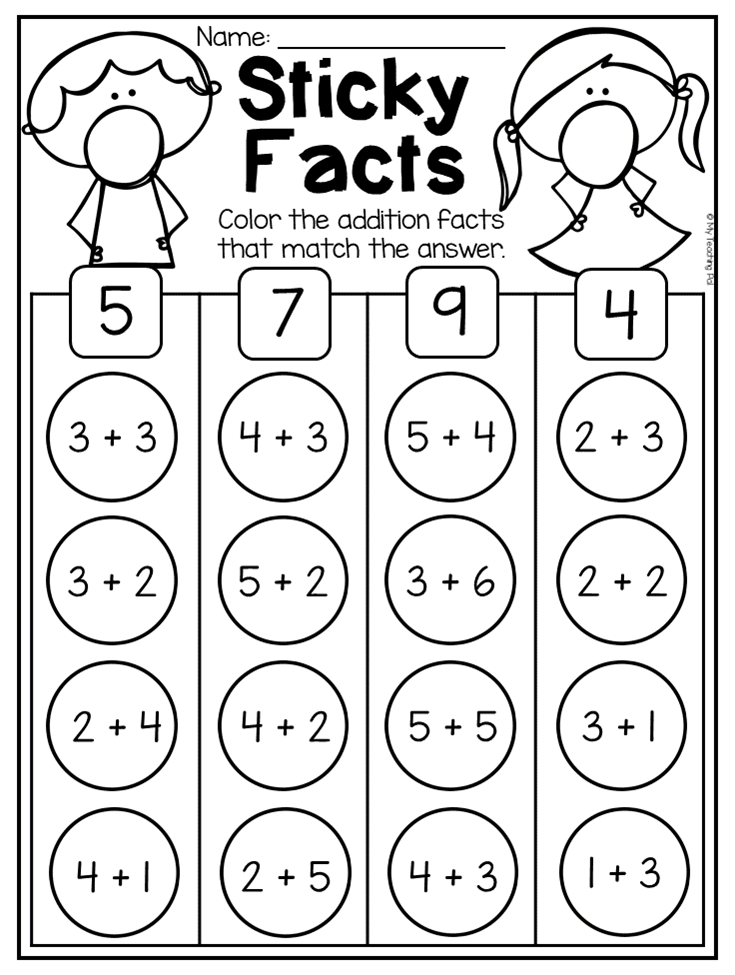 For a left-handed child, they can flip their right hand which seems clumsy, or trace them a copy of their own left hand to use.
For a left-handed child, they can flip their right hand which seems clumsy, or trace them a copy of their own left hand to use.
More Number Learning Fun & Number Writing Activities
- Check out our big list of color by number printable activities for preschool, Kindergarten and beyond
- We have the cutest number coloring pages for preschool
- These number tracing worksheets for toddlers and preschoolers are so much fun you may find yourself humming the Baby Shark song
- How about a fun color by number set for hours of counting learning
- Pssst…we have learning fun around all 26 alphabet letters! <–Take a peek!
Did this easy tip help your child with number writing?
Shannon Carino
Meet Shannon. She writes at Bento Lunch about healthy, creative ways to feed children with a focus on balance and presentation. Stay connected with her on Facebook, Pinterest, and Twitter.
5 Tips on How to Teach Numbers to Kids in Kindergarten
Site Search
Site Search
Shop Now
Teaching Tips
January 7, 2021
0
4 min
One of the first lessons we learn as kids is how to count numbers. Opening the door to mathematics, learning numbers is a crucial skill to master in the earliest years of education.
Opening the door to mathematics, learning numbers is a crucial skill to master in the earliest years of education.
When teaching numbers, many strategies can help kids feel confident in counting independently. It’s not only important to establish the ability to count. Building an understanding of the numbers will help kids develop math skills in the future. Teaching numbers doesn’t have to be a daunting task. With a patient approach and an engaging lesson plan, you will soon have your kids excited to count!
When Should Kids Start to Learn Numbers?
Children are exposed to numbers at the very beginning of their lives, whether that be with pattern recognition or the ability to discern quantity amounts. That being said, children can begin learning their numbers as early as preschool.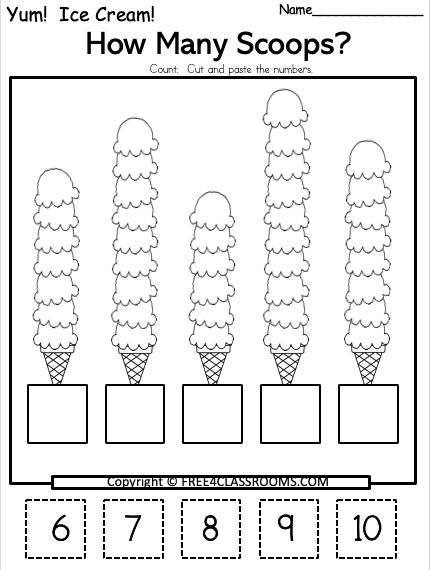 Since math is all around us every day, there are many opportunities to encourage number retention among kids who are not confident with their numbers.
Since math is all around us every day, there are many opportunities to encourage number retention among kids who are not confident with their numbers.
5 Tips for Teaching Numbers
At Learning Without Tears, we know that there are numerous strategies for teaching numbers to young children. We believe that with a proper plan in place, every child can feel confident about their knowledge of numbers. Consider Learning Without Tears’ top five tips for teaching numbers to set your little ones up for success in mathematics.
1. Begin with Number Formation
There are only ten characters that you need to teach or remediate (0-9). Think about that, just 10.
Many of our children have names with more than 10 characters, especially when you consider writing their first and last name.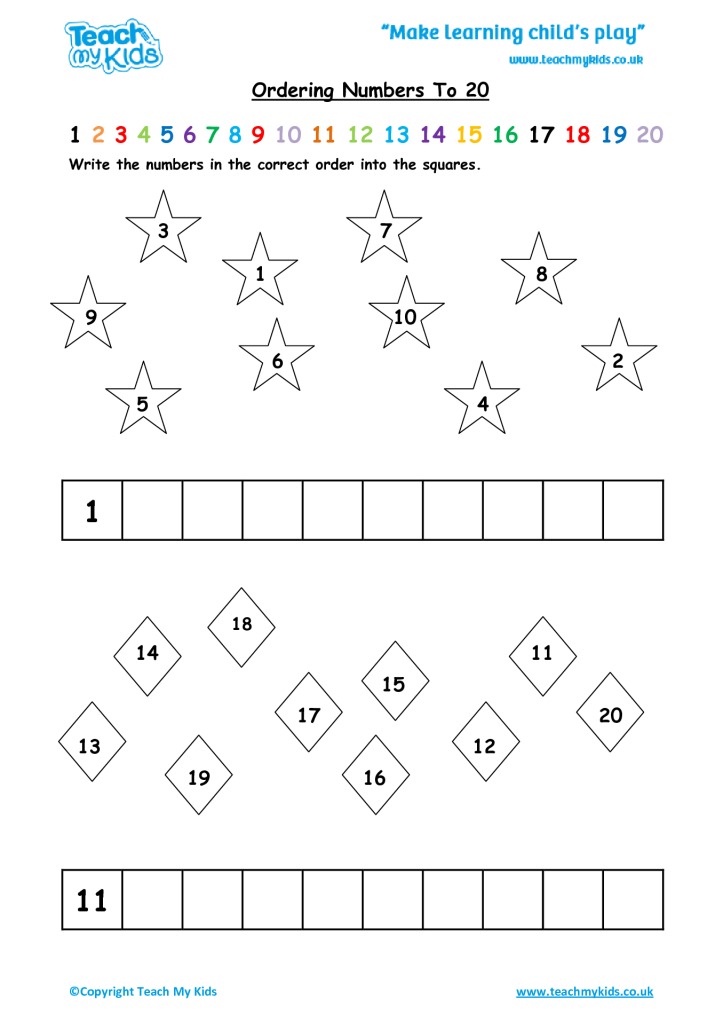 It is much easier to teach ten numbers instead of 26 lowercase letters and 26 uppercase or capital letters. Also, numbers do not come in lowercase and uppercase. They are just one size. This makes teaching numbers for the first time or remediating numbers very easy as they are all made of the same size.
It is much easier to teach ten numbers instead of 26 lowercase letters and 26 uppercase or capital letters. Also, numbers do not come in lowercase and uppercase. They are just one size. This makes teaching numbers for the first time or remediating numbers very easy as they are all made of the same size.
Click here to download a free copy of our Number Formation Chart.
2. Start at the Top with Numbers
So many children struggle with where to start letters or numbers when they are writing. They generally form letters and numbers inconsistently, sometimes starting at the top, the next time starting at the bottom, and the next time maybe starting in the middle. The results of these inconsistent start patterns and habits are usually letters or numbers that are poorly formed and difficult to recognize or to read.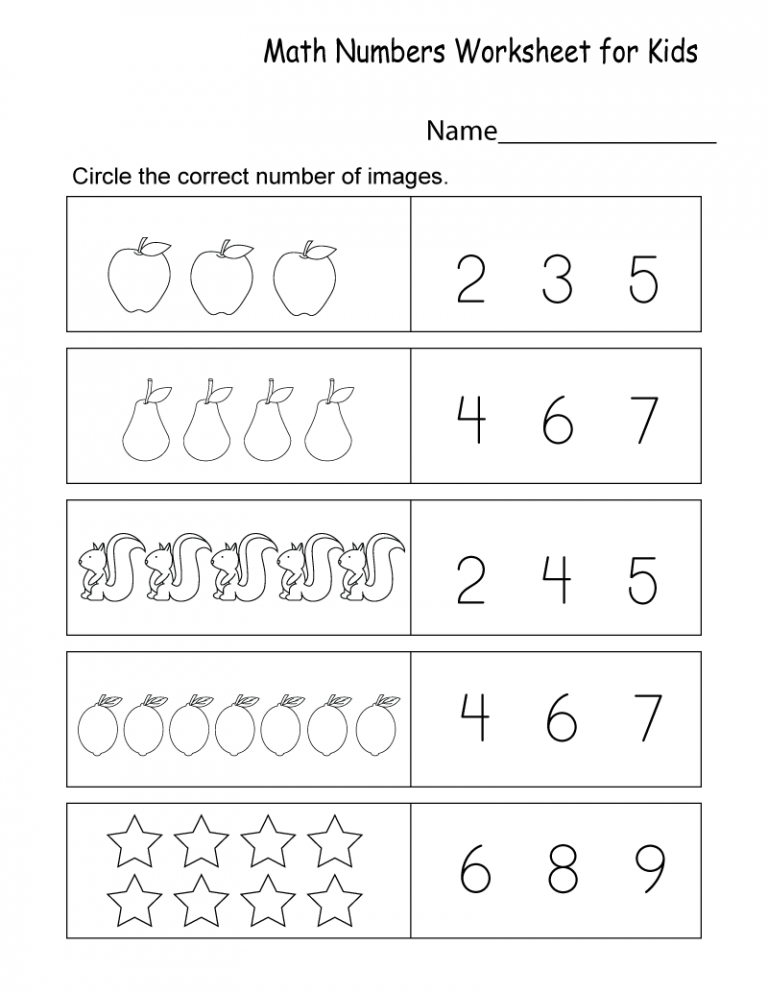
All numbers start at the top. This is easy to remember. With the Handwriting Without Tears approach, we have a song, “Where Do You Start Your Letters.” Well, one of the verses of that song goes, “Where do you start your numbers? At the top!” Yes! All numbers start at the top.
If you are not familiar with our song, you can find it on our albums, our workbooks, on our website, and as part of our Interactive Teaching Tools. The kids really love this song. We have a short version and a longer version that really gets the kids moving as they learn about start, top, and bottom. The song even teaches them how to “shake it in the middle,” which is so much fun for little kids. Please be sure to check it out. You will love this song, too!
3. Create Number Stories for Sequence
Consider how numbers are actually formed during the writing process.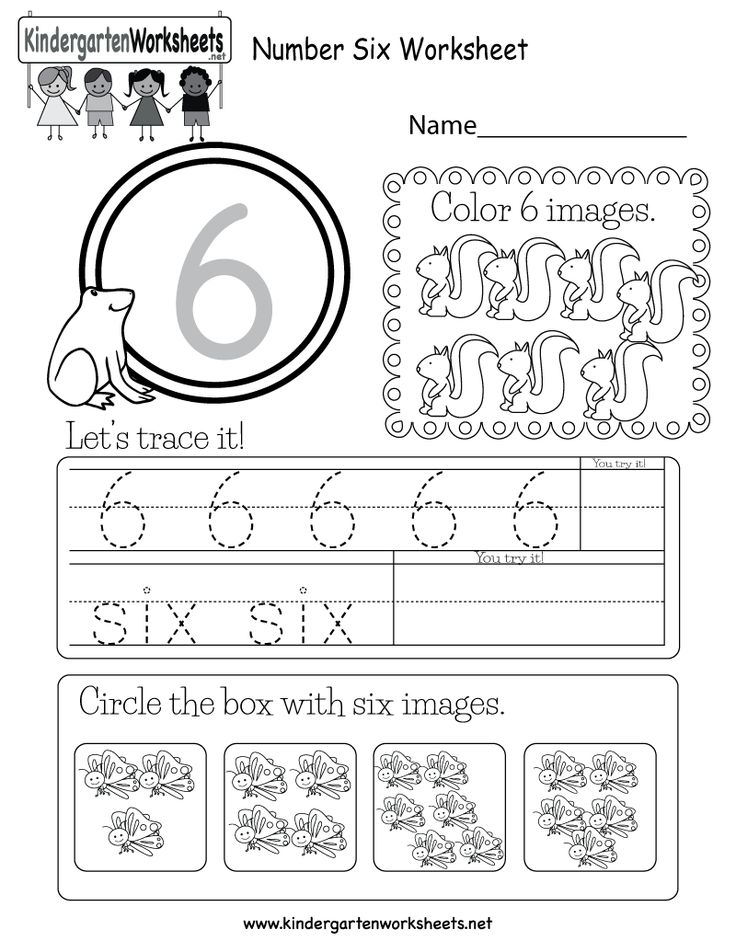 We refer to this as start and sequence. We now know that all numbers start at the top. But what happens next? We call this sequence.
We refer to this as start and sequence. We now know that all numbers start at the top. But what happens next? We call this sequence.
To help young children learn to write numbers, we have developed what we call Number Stories for each one. These are clever ways to help our young children remember the correct way to form their numbers. We use reference words about where the number will start, followed by sequence reference words to build the automaticity of forming the number.
These stories are found in our student and teacher books, on our website, and as a part of our Interactive Teaching Tools. Our number formation pages are free and can be found on our website. We even have them in Spanish!
4. Use Friendly Terminology
At Learning Without Tears, we use the terms Big Line, Little Line, Big Curve, and Little Curve.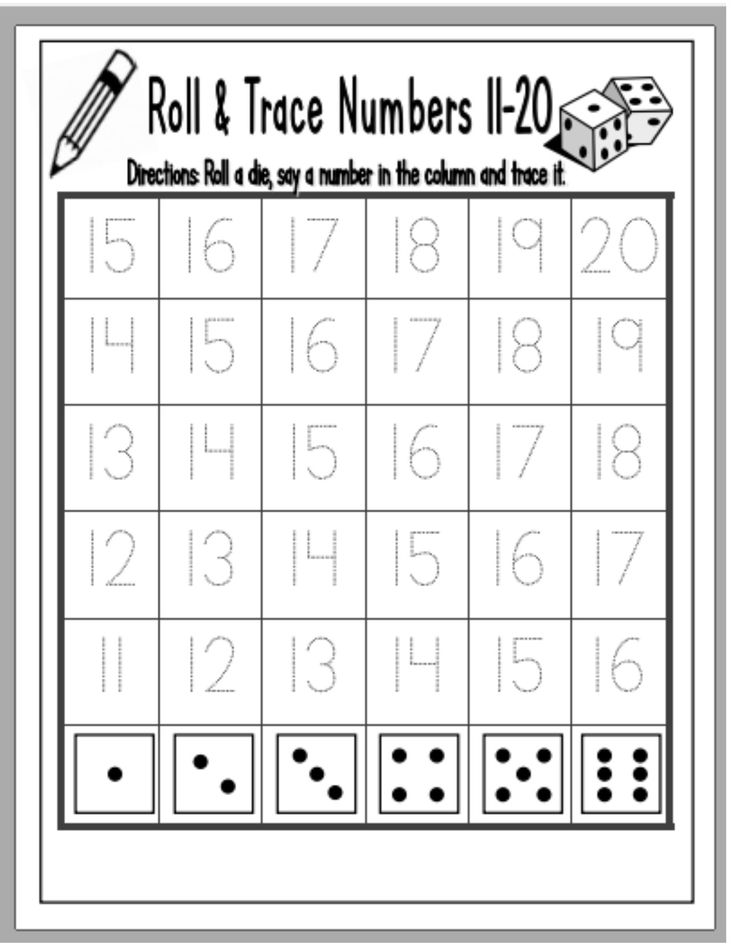 All of the numbers can be made with these four basic strokes or shapes.
All of the numbers can be made with these four basic strokes or shapes.
For our younger children, we build numbers using our Handwriting Without Tears Wood Pieces. As they progress and learn to hold a writing tool, we use small chalkboards and chalk to teach proper number formation. Then we introduce small crayons and Gray Blocks to provide a visual guideline for not only the formation of the number but for size and placement as well. Lastly, they will use a pencil and the Gray Blocks to produce numbers, eventually transitioning to a single baseline in their workbooks or on paper.
We even have an app for the iPad called Wet-Dry-Try to help teach, practice, and eventually master number formation. This is a great way to incorporate technology and add additional multisensory techniques to enhance learning opportunities for children. The Wet Dry Try app can also be used with capital and lowercase letters.
Check it out! Your children will really enjoy using this tool.
5. Teach Number Placement
The placement of numbers on paper is also something we need to teach and address during our summer number lessons. I have already mentioned some of our techniques and strategies previously.
All numbers are to be correctly placed on a single baseline. With young writers, we use the Slate Chalkboard to provide a strong visual and tactile representation of the baseline. This is also incorporated into the Wet-Dry-Try app for iPads.
When the children transition into a student workbook, they have a visual of the Gray Block to guide placement. The next step is to place the numbers, starting at the top, onto a single baseline.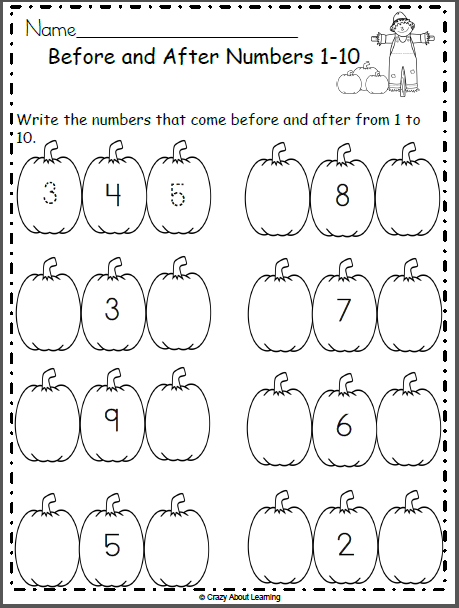 Eventually, on math papers, the student will not have a line to place numbers on. At this level, they will “see” the line in their minds and place the numbers on it. This takes a while and a great deal of practice for children to be able to do this. Until then, use chalkboards, tablets, Gray Blocks, and lines to teach and remediate the placement of numbers.
Eventually, on math papers, the student will not have a line to place numbers on. At this level, they will “see” the line in their minds and place the numbers on it. This takes a while and a great deal of practice for children to be able to do this. Until then, use chalkboards, tablets, Gray Blocks, and lines to teach and remediate the placement of numbers.
Learning Without Tears Can Help Teach Numbers!
Our goal at Learning Without Tears is to help provide trustworthy academic resources and products to parents and teachers to help prepare children for growth and success. We know that every child can be taught their numbers, but we want to make teaching numbers an engaging and worthwhile experience. As one of the first building blocks for mathematics and future learning, teaching numbers is a lesson that should be approached with references and support that we at Learning Without Tears are more than happy to provide.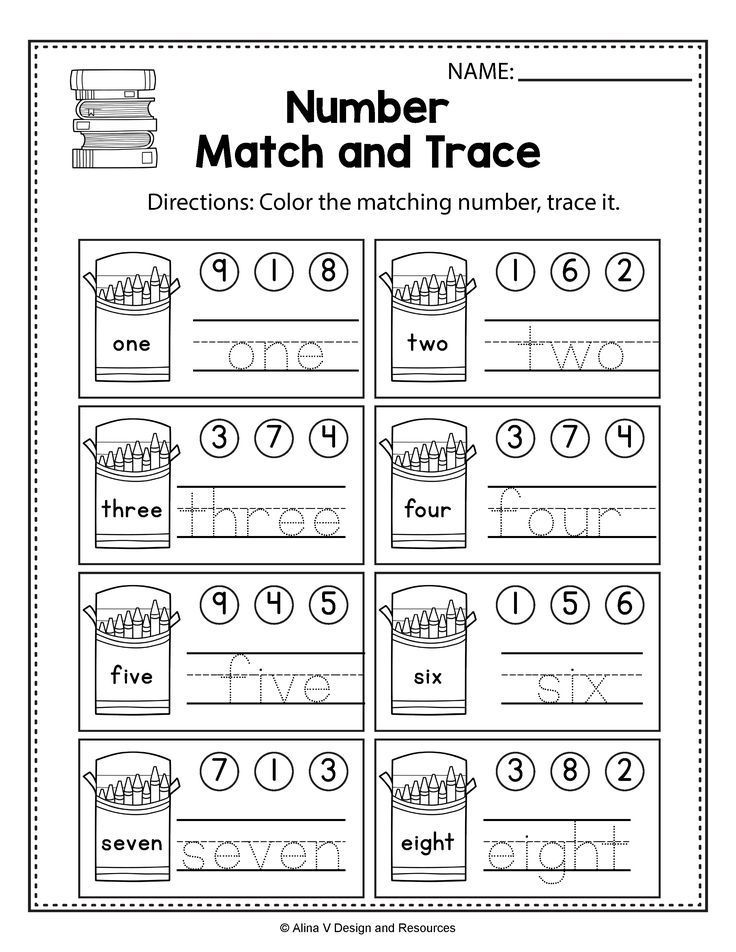
If you’re curious about the best way to learn how to teach numbers, Learning Without Tears has everything you need. We provide an extensive collection of educational products and resources that will have your child counting in no time. With a diverse selection of items to help students of all learning types, we’re confident that every child can benefit from the enriching teaching tools offered at Learning Without Tears. Explore our selection of free resources today to learn more!
Related Tags
Teaching Tips Multisensory Learning Home Connection
Teaching Tips
Making the Most of Your Funding Options
September 9, 2022
0 2 mins
Readiness, Summer, Teaching Tips, Multisensory Learning
5 Ways to Support Your Students this Summer
June 7, 2022
0 5 minutes
Readiness, Summer, Teaching Tips, Multisensory Learning
4 Guidelines to Support Students Over Long Breaks in Learning
February 14, 2022
0 5 mins
There are no comments
Stay Connected and Save 10%Sign up for our newsletter and get the latest updates, Classroom tips & free downloads.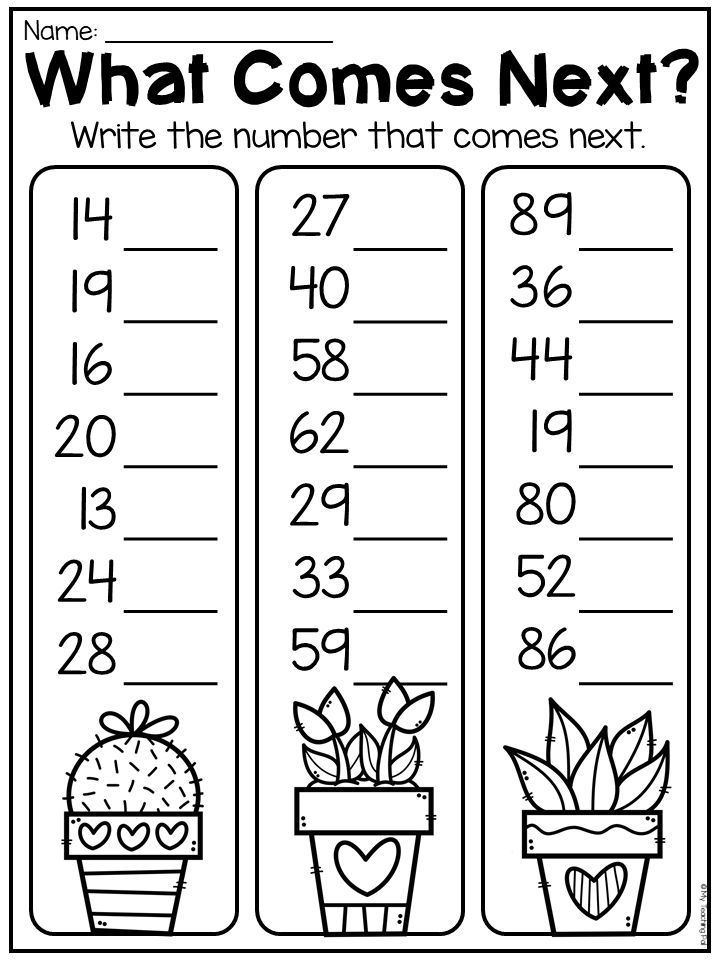
Comments
How to teach a child to write numbers?
Rastishka yoghurts and curds are enriched with Ca and D3.
100 g of yogurt or cottage cheese provides 20-27% of the daily calcium requirement for preschool and school children.
About calcium
Anastasia Chumik
Do you want to teach your child to write numbers at home? We will show you in what ways you can teach a child to write numbers correctly and at what age he is ready to perceive digital literacy.
bigfamily.club
When should I start teaching my child to write numbers?
The most important call for parents is that the child confidently counts to ten and correctly correlates the number with the number of pre-motes it indicates. More often, children of 5 years old already know how to count to 10, so you can safely teach them to write numbers.
The most optimal age to start teaching a child to write numbers is 4-5 years.
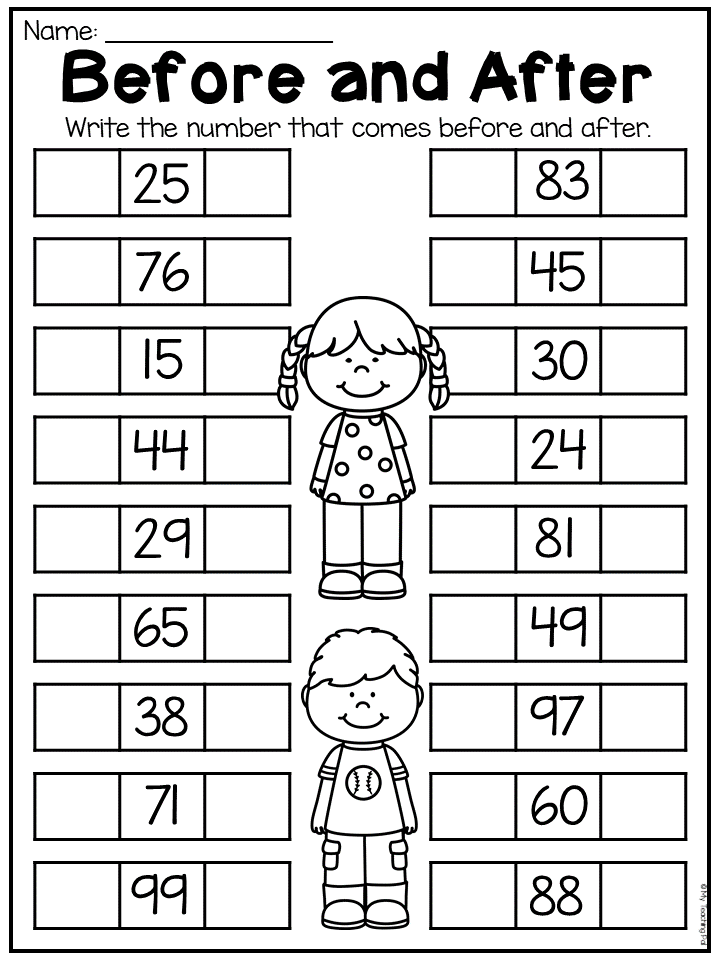
It makes no sense to teach a child to write numbers at the age of 2, since his hand is not yet ready for this, the muscles are weak, fine motor skills are poorly developed. It is much more efficient to do modeling, appliqué, all kinds of designers and other small things in order to develop thinking and coordination. The most important (and useful!) activity in early childhood is the development of memory. If a child has a good memory, all school subjects in the future will be given to him easily, visual memory will help to memorize and assimilate any material faster, including help in teaching mathematics. Therefore, feel free to teach your child to RECOGNIZE and name numbers, but take your time with the letter!
What is important for a child? To make the process interesting. Conduct classes only in a playful way, so the child can quickly remember how to write numbers.
Take math classes anywhere: in the yard, on your way to the store, or at your desk.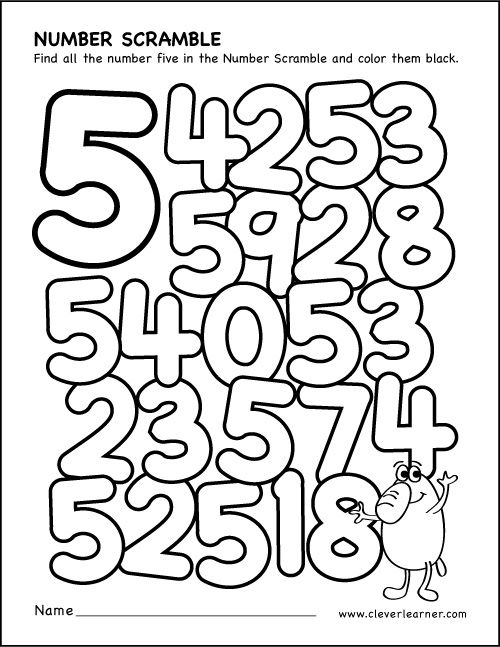 The child, like you, should be comfortable.
The child, like you, should be comfortable.
Learning Numbers in Different Ways
First, explain to your child that there are numbers and show them what they look like. Then invite the child to decorate the number or mold it from improvised materials, the way he sees it. Correct me if the numbers don't look right at all. When the child understands what this or that number looks like, fix the material.
The associative method is the best way to teach a child. It is suitable both for those who want to teach a child to read and for those who want to teach a child to write numbers. Here you can show all your imagination.
www.millionpodarkov.ru
- Make numbers from cardboard or colored paper and glue the head, legs, arms to them.
- Make a figure in the form of a carrot or other vegetables and fruits. The child will know that one is a carrot and the number five is a tomato.
- Learning with time and calendar.
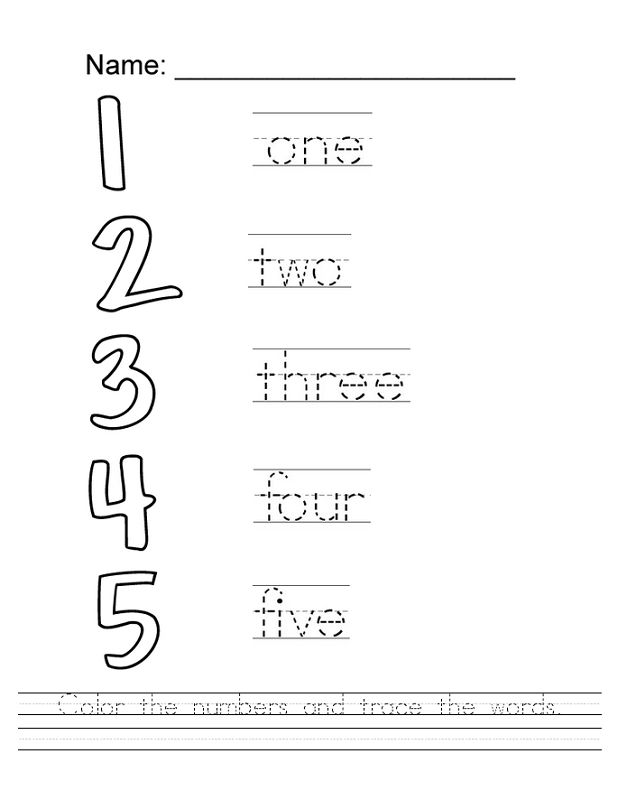 For example, show your child the clock face and say: at 8 am we wake up, at 1 pm you have lunch, at 5 pm we drink tea. Assign a child to be responsible for a day on the calendar. Let him underline today's number, and throughout the day you tell him interesting fictional stories about this number, day, and remind him of the number as often as possible.
For example, show your child the clock face and say: at 8 am we wake up, at 1 pm you have lunch, at 5 pm we drink tea. Assign a child to be responsible for a day on the calendar. Let him underline today's number, and throughout the day you tell him interesting fictional stories about this number, day, and remind him of the number as often as possible.
A child will be able to learn how to write only after he orally masters all the information. Only then can you teach him to count and write numbers.
bigfamily.club
There are special toys to help children learn how to write numbers. For example, such a tablet. It comes with a magnetic pen. On the board there are cells with balls along the contour of numbers from 0 to 9. Above each number there are hint arrows on how to correctly direct your hand when writing each number. The child leads the magnetic pen along the contour, small balls rise up and remain fixed. An empty cell becomes filled, and the number itself is “written”.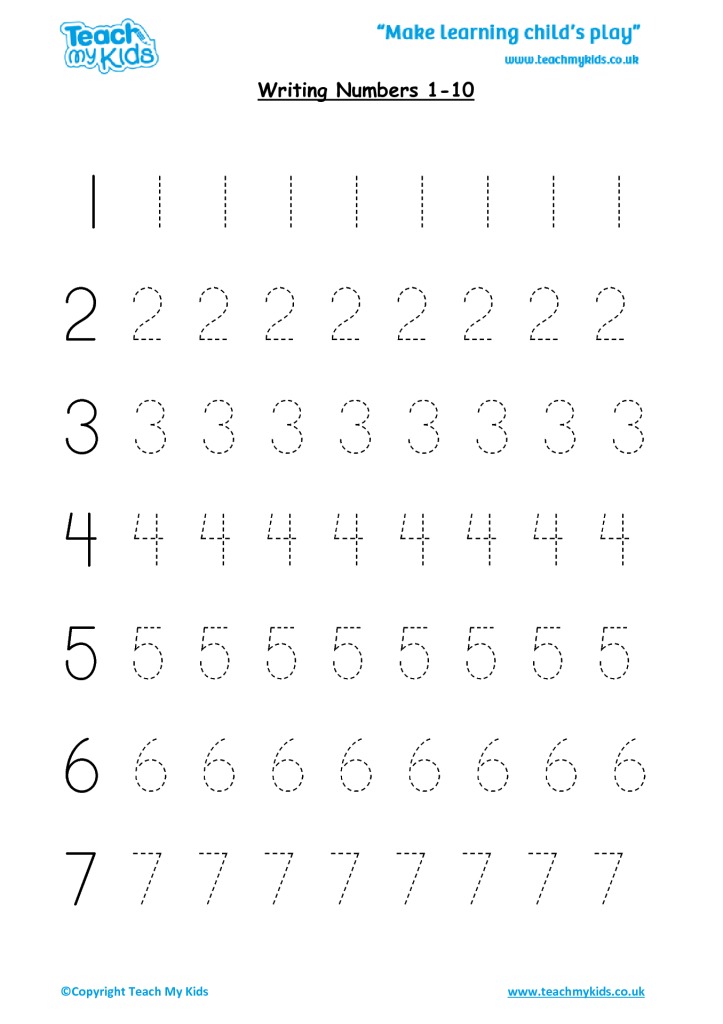 This game tablet helps the child's hand to remember the shape of the numbers.
This game tablet helps the child's hand to remember the shape of the numbers.
To start all over again, you need to run your finger over the number, the metal balls will hide inside. Feeling like bursting bubble wrap is useful and pleasant.
If something doesn't work out for a child, don't worry. This means that the baby is not yet ready to perceive new information. Prepare him well for the most important step in his life - writing.
The question arises: How much time should be devoted to writing numbers? It all depends on you. It can be intense five-minute games or a half-hour monotonous analysis of each number. What is more effective, you will understand immediately.
Teaching a child to write numbers in different ways
There are several ways to teach a child to write numbers.
- It is useful to have a poster at home where arrows show how to write numbers correctly.
www.razvitierebenka.com
- Draw numbers in the air, on dad's back, on a foggy window, on wet sand, in a bowl of semolina or flour, etc.
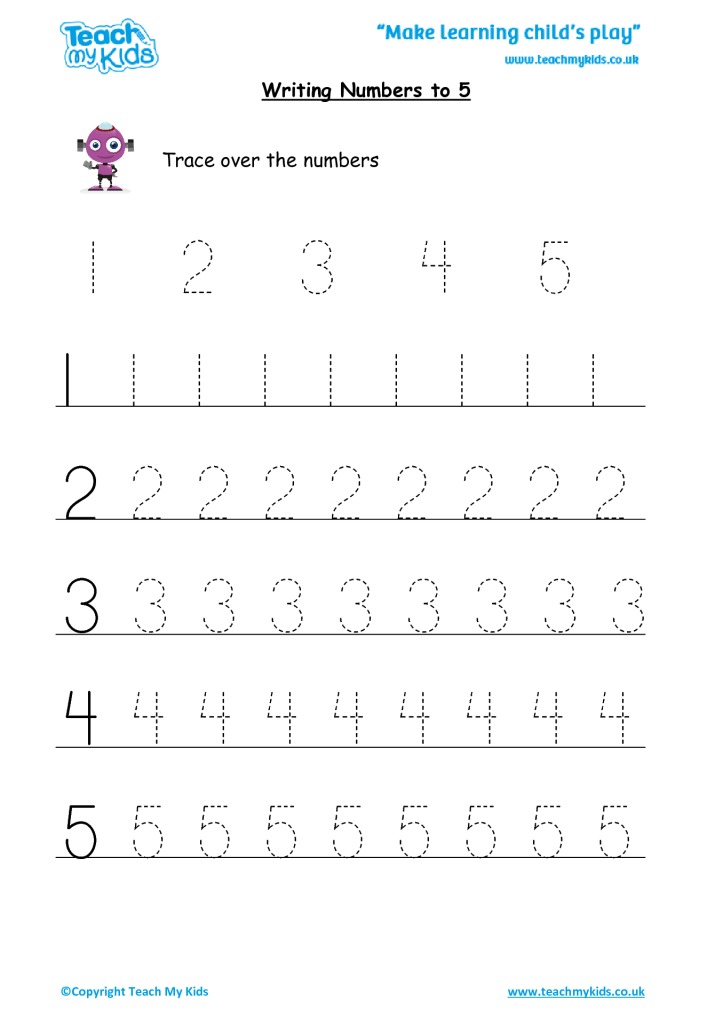
i.sand-therapy.ru
Draw a number, and let the child repeat first, and then guess which number he saw.
- Play with numbers, draw elements, turn numbers into animals and birds.
www.brekend.nl
- Make crafts with numbers. It is much easier to first teach a child to draw and sculpt numbers, and then start writing.
- Stencil the numbers out of cardboard so your child can trace them.
- Buy a copybook of numbers in which the child can first circle the numbers that are drawn with a dotted line, and then write independently what he remembers.
- Buy coloring pages that require you to trace numbers and then color them in.
www.vmersine.com
In order for the child to learn to perceive numbers from childhood, parents show cartoons for the little ones. For example, Tiny Love cartoons can be watched by children from one to five years old.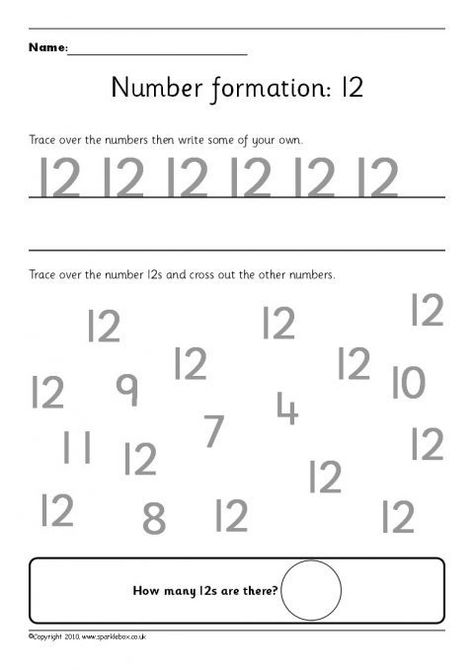
Why? The cartoon often mentions numbers, they are shown in the picture and well voiced. Watch these cartoons with your child. Stop the cartoon and ask what the baby saw and heard. Then you can take a notebook, write a few numbers there and let the child write one number several times.
These tasks will help you quickly learn how to write and do it beautifully. There are interesting coloring pages for sale. They contain images of animals, people, objects that the child must color, and then count how many objects are in this picture and enter the number. This method is well suited for those children who understand how numbers look, but do not know how to write them.
Work with your child every day, because only then you can see a good result. Give your child more attention and help him master the spelling of numbers.
SEE ALSO
37 904
Reviews and articles
Rastishka
article
Children's birthday in the style of minions: a detailed guide
Surely not only a minion lover lives in your apartment, but also the "heroes of the occasion" themselves - funny yellow-mouthed creatures that look .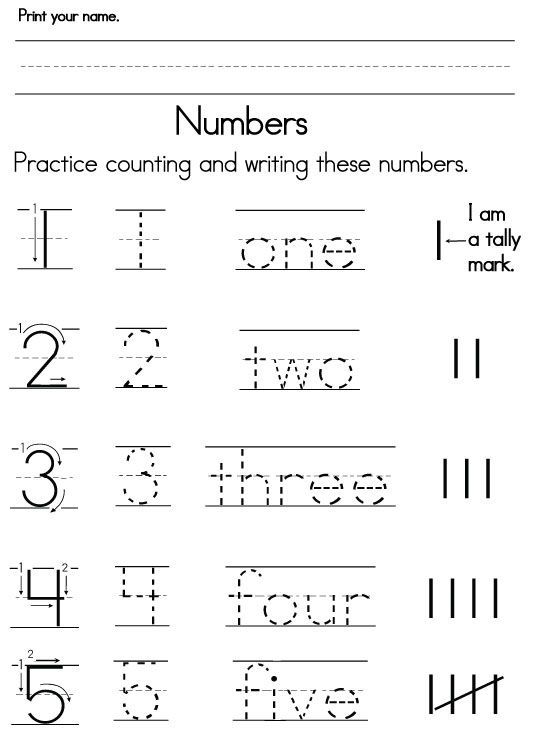 ..
..
Rastishka
article
Minion making: do-it-yourself storage containers
Funny and cool yellow and blue minions can be made from any available materials. And do it not just for fun, but with ...
Rastishka
article
Minion mania: how to make minions with your own hands
, …
13 323
load 9 more0003
How to teach a preschooler to write letters and numbers correctly: tips and tricks for learning
Almost all parents whose children are preparing to go to school are naturally interested in the question of how to teach a child to write. With the development of modern technologies, this topic is increasingly causing lively discussions in society. Some representatives believe that using gadgets to write is much faster and more convenient, and therefore handwriting skills are gradually becoming a thing of the past.
Their opponents argue that the ability to write develops hand motor skills, literacy, develops the practice of building a sequence of actions.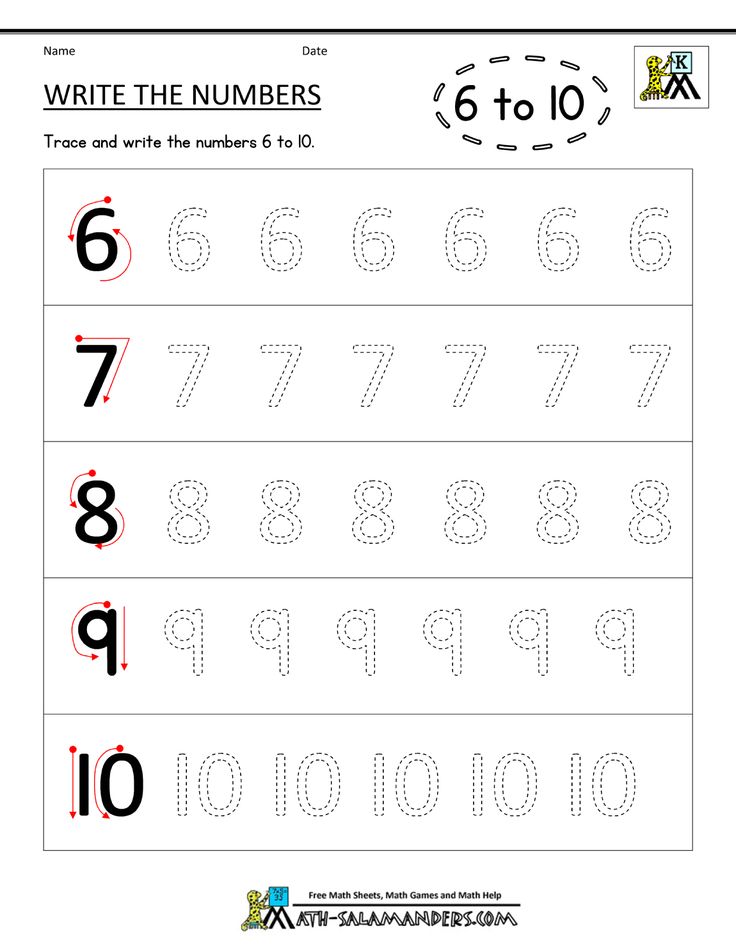 Be that as it may, but so far no one has canceled spelling and calligraphy lessons in today's schools, and therefore this topic is still quite relevant. Where to start learning, what age period of the child is best suited for this, and how to properly organize the process - this and much more will be discussed today in our article.
Be that as it may, but so far no one has canceled spelling and calligraphy lessons in today's schools, and therefore this topic is still quite relevant. Where to start learning, what age period of the child is best suited for this, and how to properly organize the process - this and much more will be discussed today in our article.
Understanding when to start teaching a child to write
Most parents are sure that home preparation of a preschooler gives him the opportunity to keep up with his peers in the classroom in the future. In fact, this is an erroneous opinion - experts categorically do not recommend doing this due to certain circumstances. The early formation of calligraphic skills is not always useful work, and very often even harmful. As a rule, educators and child psychologists argue their statements as follows:
- children aged 5-6 are not yet physiologically ready for writing letters, due to insufficient development of the segments of the phalanges and joints;
- children under the age of 7 are poorly versed in the formats of the pages of a notebook and a large album, they are confused in the designation of the left and right sides, which is why they do not understand the principles of writing;
- each letter provides for its own specific rule for its derivation, and many parents do not know about this, and therefore in the future the teacher will have to retrain the little schoolchild.
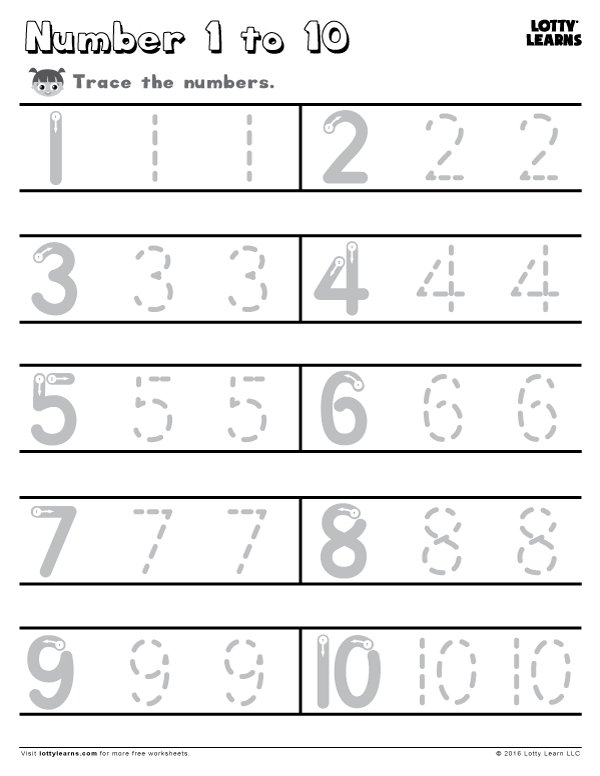
In connection with the above, it should be noted that there is no need to rush in this situation. Experts consider the 7-year-old age of a preschooler to be the most suitable period to start classes. Therefore, we teach a child to write letters and numbers not only beautifully and correctly, but also at the most optimal time for a given situation.
Preparing the child's hand for learning
Preparing the hand for writing is facilitated by various activities to develop the fine motor functions of the hands.
As for the process itself, here you can use the following techniques:
Playing with stones
Little children love to pick up and put stones of different sizes in their pockets. Draw your child's attention to the properties of stones - their shape, color, size. Ask them to answer which of these items is lighter or heavier, what they look like. Offer to “draw” with the help of small pebbles the sun or a butterfly on the pavement.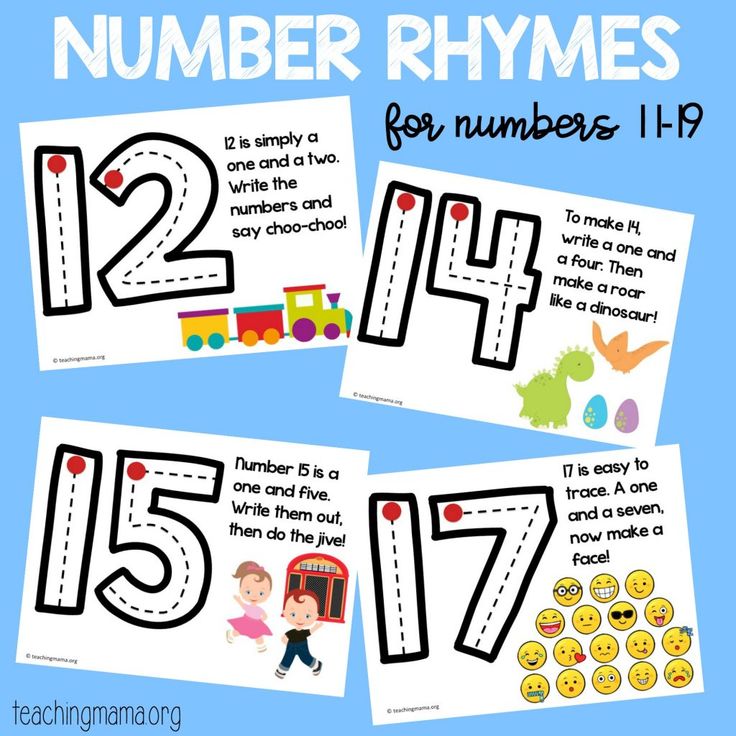
Games with trees.
Invite your child to stroke the bark of trees periodically. Gradually, he will begin to distinguish that the bark of an oak is wrinkled and rough, birch is smooth in places and rough in places. He will also understand that young trees can be grasped with two hands, but old trees cannot. All this makes it possible to develop spatial concepts.
Coloring books.
This is one of the most effective ways to prepare your baby's hand for writing. In addition to the fact that this exercise trains the muscles, it also allows you to adjust the pressure of the pencil on the surface of the paper.
Sand play.
Drawing on the surface of the sand is useful not only for the development of finger motor skills, but also for the general development of the intellectual and mental direction.
Copy.
Invite the child to “transfer” the image they like onto transparent paper, placing it on top of the page. Such actions are an excellent training that precedes the writing of capital letters.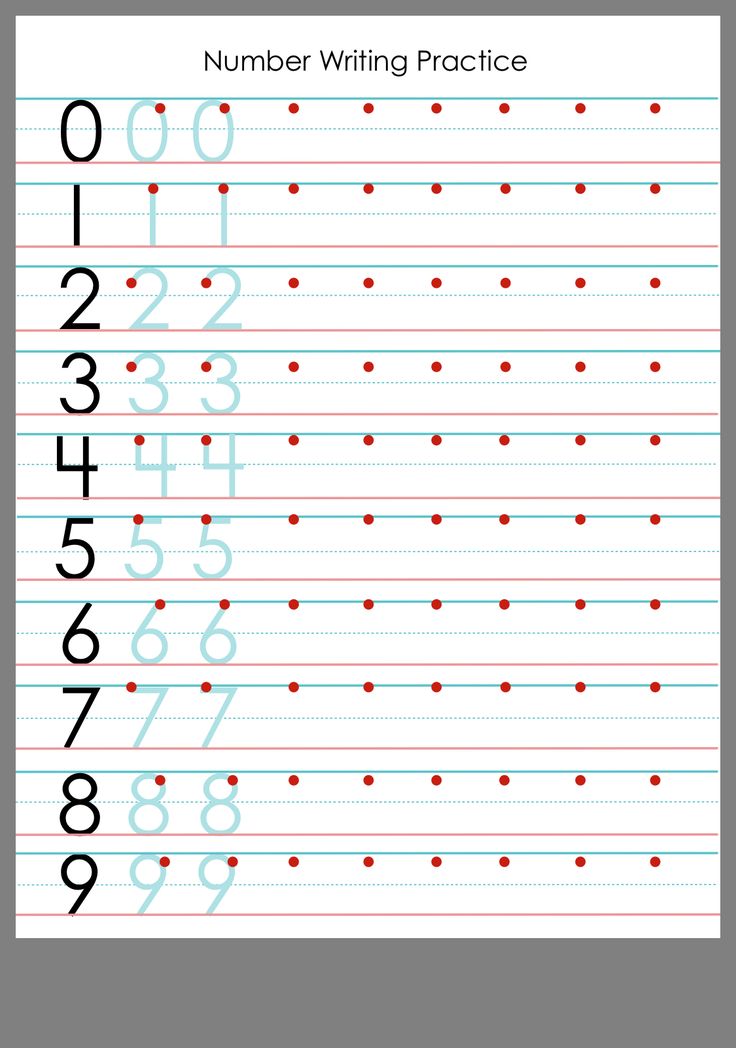
In addition, encourage the child to draw different figures in a certain sequence. For example, let him first draw the depicted squares or circles along the contour. Then he will try to draw in parallel with both hands, directing vertical, horizontal and oblique lines. Work with stencils has proven itself well in this case.
Play different games with your child, sculpt from plasticine, string beads on a string, tear and cut paper to make appliqués with it. Origami folding gives good results.
All this makes it possible to prepare the muscles of the hands well for the upcoming loads. In addition, drawing with pencils, crayons, shading contour drawings, creating patterns on paper with spirals, wavy lines and other elements gives a good effect. Such activities develop his ability to better master the recipes.
Organize the process of learning to write
Writing is a very delicate process that requires proper posture, fixation of the hand, a certain sequence of actions and a correct approach on the part of adults.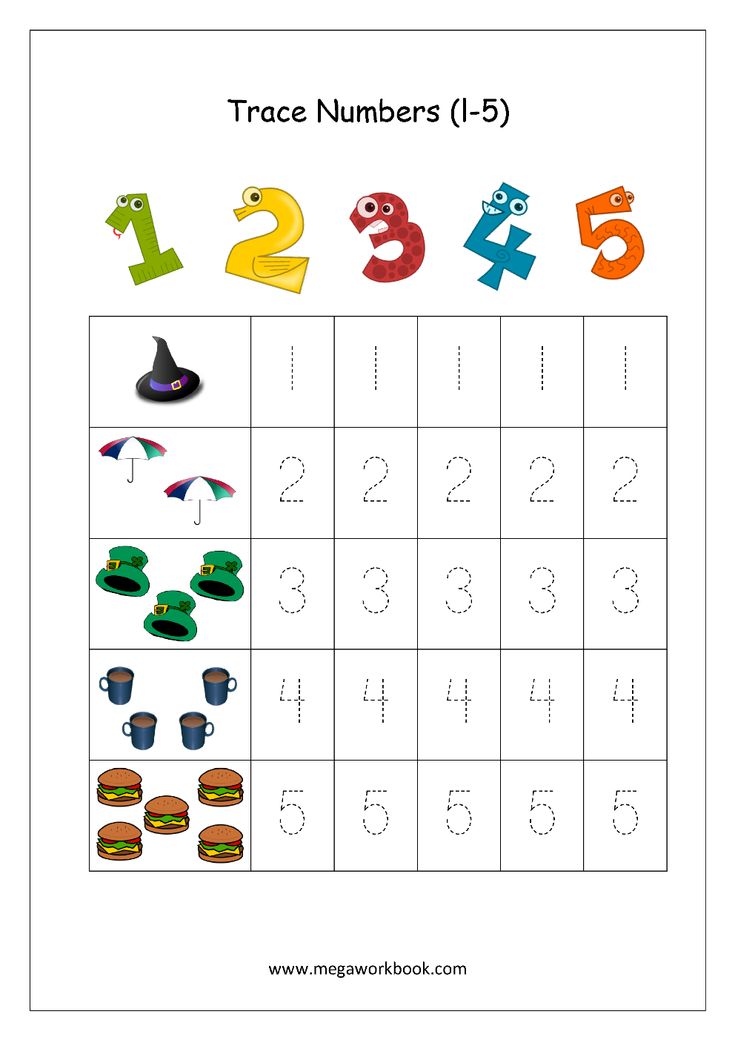 In order for the baby to initially start writing correctly, it is necessary to develop the basic rules for setting his hand. This is a rather important stage, which should not be ignored in any case. Here you need to remember the most important thing - your goal now is not to teach a preschooler to write, but only to prepare him for this process. This is done necessarily in a game format and in an unobtrusive atmosphere, otherwise you risk completely discouraging the baby from further study. You can start training as early as 3 years of age.
In order for the baby to initially start writing correctly, it is necessary to develop the basic rules for setting his hand. This is a rather important stage, which should not be ignored in any case. Here you need to remember the most important thing - your goal now is not to teach a preschooler to write, but only to prepare him for this process. This is done necessarily in a game format and in an unobtrusive atmosphere, otherwise you risk completely discouraging the baby from further study. You can start training as early as 3 years of age.
- Correct posture.
Set up a comfortable and hygienic study area. Show the preschooler how to hold their back, and at what angle the notebook should lie on the table.
- Let him work first with a pencil, and only then with a pen.
If a preschooler himself expresses a desire to learn to write letters, offer him a pencil at the initial stage. This will help to avoid stress in case spelling errors occur (and they certainly will).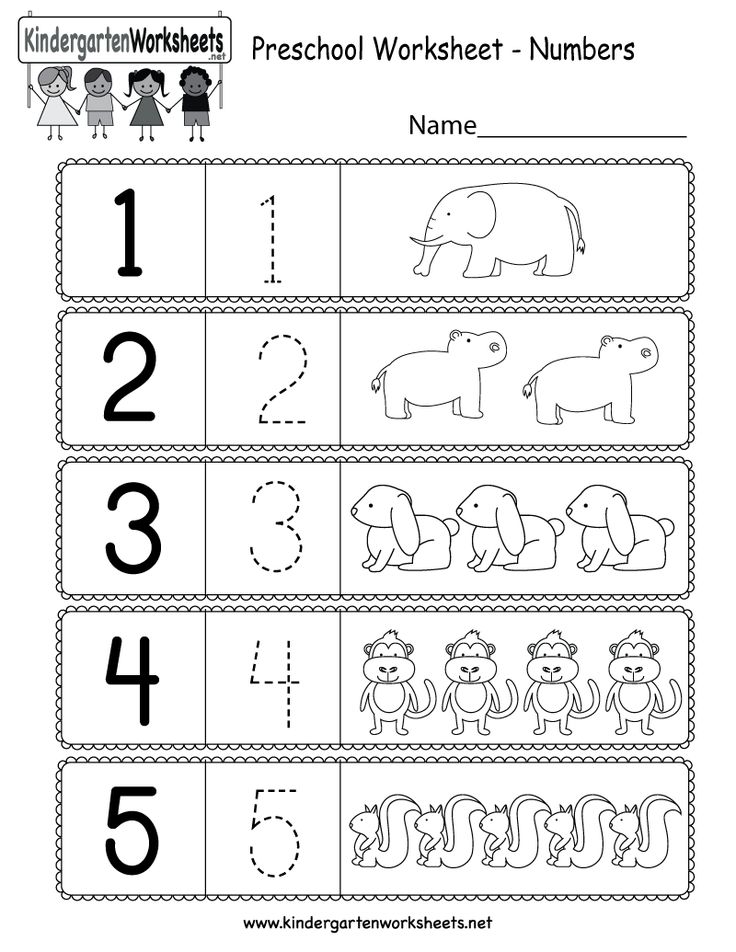 It is much easier to correct what is drawn in pencil.
It is much easier to correct what is drawn in pencil.
- Do not exercise for more than 5 minutes at a time.
As practice shows, at the initial stage of education, the less a student writes, the better he does. Therefore, stop after writing 1 - 2 lines - this format is the most optimal for caring parents.
- Don't start with letters and numbers right away, skip them.
First, ask the child to draw sticks and hooks, gradually moving to oval images. Focus his attention on the fact that all elements must be drawn strictly in the middle of the cells.
Learning to write letters
The basis of mastering writing skills is motor functions. In addition, study should not start from scratch. The kid himself must have a sincere desire to learn - only then you can get an effective result. Before explaining to the child how to write letters correctly, it is necessary that he gets acquainted with their printed version in the primer.
In other words, the young student must remember the alphabet. The lessons themselves are best organized in the format of an entertaining and exciting game. Advise the young student to compare what is written on the page with living and inanimate objects known to him. For example, “M” looks like a gate or a swing, “I” looks like a person with a stomping foot, “G” looks like a hook. Using this technique, you stimulate the child to quickly memorize the necessary information.
When teaching, it is desirable to pronounce common actions: “Let's write a letter together. This is the letter C. Let's draw a round line from the top down, smoothly, without connecting or interrupting it. Initially, you can offer him to “draw” the letter with a pen in the air. First, help the child by taking his hand and leading his hand in the right direction. Then let him repeat this movement on his own, after which he will try to depict the letter on paper.
How to choose the right spelling for letters
Good helpers for parents and faithful companions of a preschooler will be special notebooks with graphically depicted capital letters.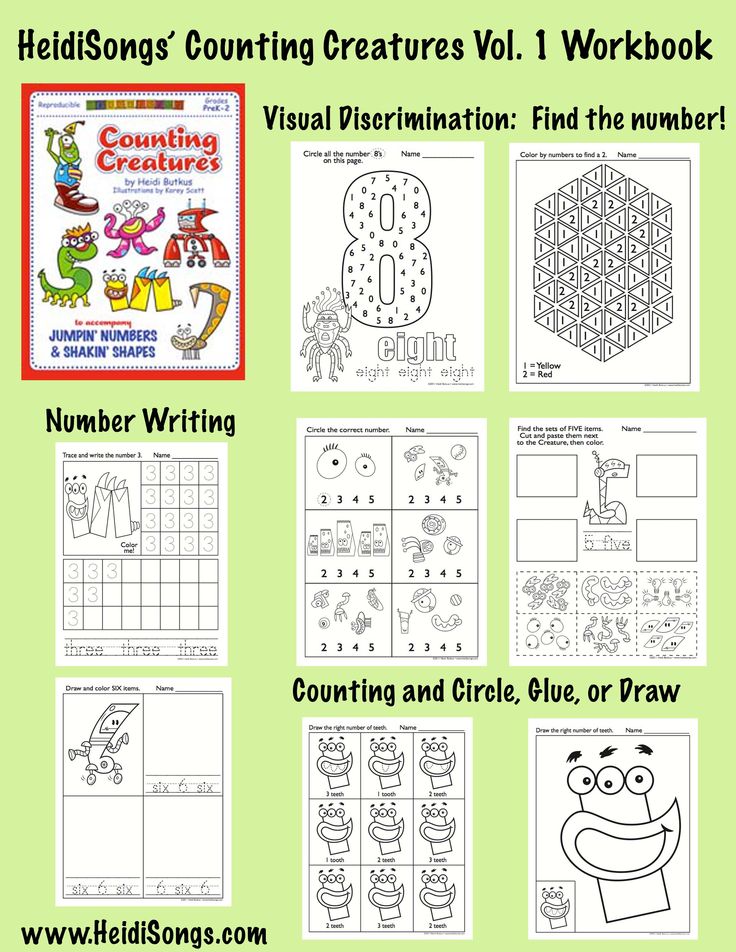 The current stores are simply littered with such printed matter from various publishers. Which of them are considered the best, and what should you pay attention to when choosing in this situation?
The current stores are simply littered with such printed matter from various publishers. Which of them are considered the best, and what should you pay attention to when choosing in this situation?
- The letter symbol must be repeated in each line at least 2 - 3 times. Children, when writing, usually focus on the previous letter. Therefore, if he makes a mistake, then later he will repeat it until the end of the line.
- The spelling should not begin with a letter, but with the repetition of its elements according to the principle “from simple to complex”.
- You need to choose a copybook, where first there are block letters, and then capital letters.
- Pay attention to the age limit of the product - many manufacturers give recommendations about this. For the little ones, notebooks with a large number of drawings will be the most convenient. Older children enjoy coloring the pictures and learning the rhymes printed on the page.
Learning to write numbers
In addition to the correct mastering of alphabetic characters, no less significant issue is the problem of how to teach how to write numbers. Here, the initial ability of a preschooler to operate with numbers up to 10 is very important. In the process of learning, you should pay attention to the following accents:
Here, the initial ability of a preschooler to operate with numbers up to 10 is very important. In the process of learning, you should pay attention to the following accents:
- correct alignment of lines in your notebook - the child learns to determine the limits of writing;
- designation of the contours of the cage - a young student without much difficulty determines the centering, corners, sides, middle;
- the ability to mentally divide a square into 4 equal parts;
- oblique writing skills.
Having practiced in this direction, you can start learning how to write numbers. The principle of your actions in this case is almost identical to those that you perform when writing letters.
Choosing a copybook with numbers
Special copybooks will help you teach children how to write numbers in an accessible form. In their structure, they are similar to alphabetic copybooks, and adhere to the same teaching principles. When choosing such notebooks for children, you should initially be guided by the following:
When choosing such notebooks for children, you should initially be guided by the following:
- they must first contain symbols in bold black, which are clearly visible to the eye;
- Then there should be symbols in the form of dotted lines or printed in pale ink - these will be traced by the child with a pen;
- the final element is an empty space intended for the child to write a number on his own.
It is worth noting that, as in the case of a letter notebook, the option with the repetition of a character in a line is the most ideal. Children are much better at “grasping” such patterns visually.
Writing is not easy for every child. In order to involve him in this matter, it is worth paying a lot of attention to him and trying to interest the baby. Be sure to praise your child even for the smallest achievement. And the element of the game used by you will not only introduce him to the world of writing, but will also provide an opportunity to strengthen mutual understanding and friendship with him.